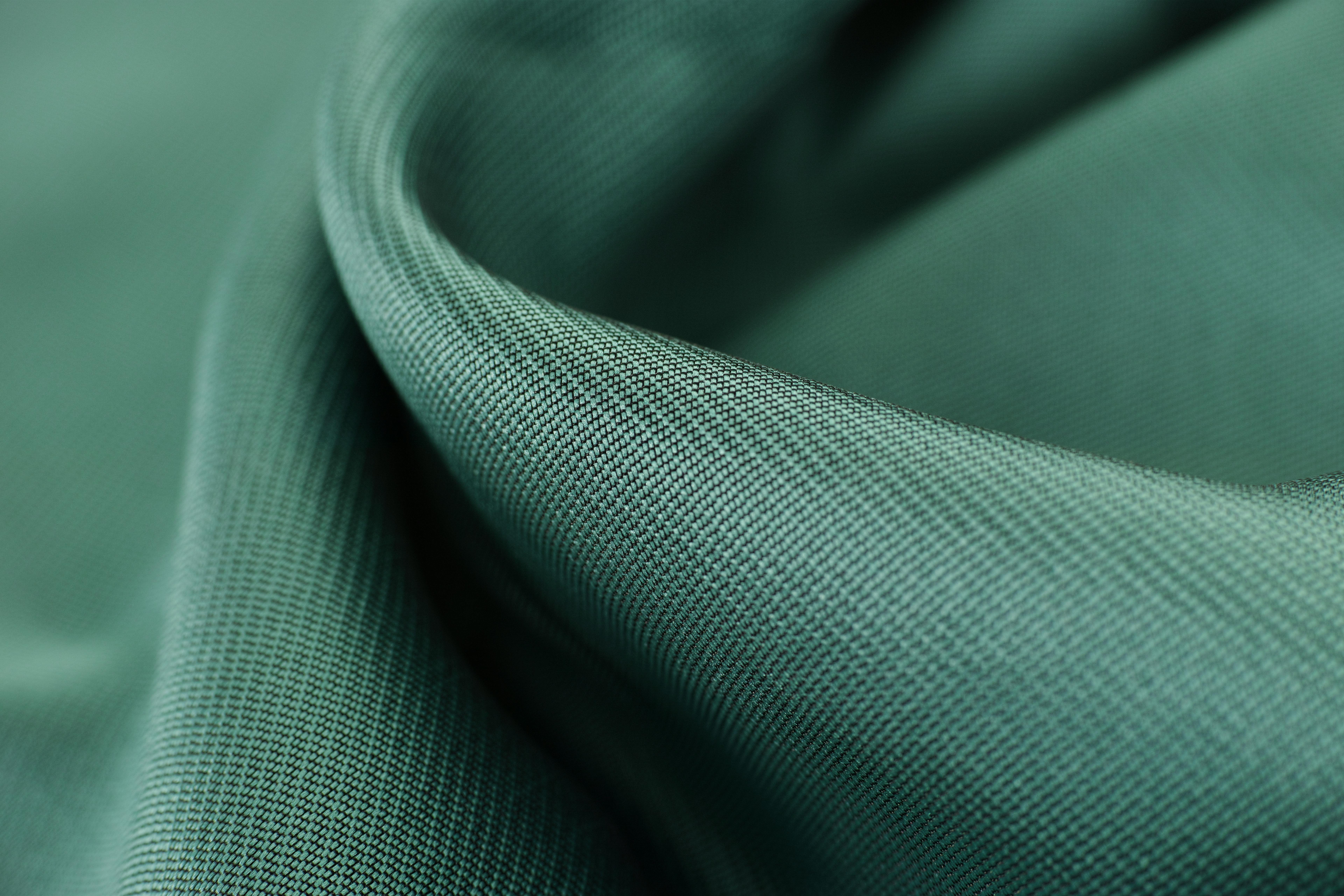Orylag: The Luxurious French Rabbit Revolutionizing Sustainable Fashion
Amidst the hills of western France, a unique breed of rabbit is transforming the world of high-end fashion. The Orylag, a meticulously developed hybrid, is captivating designers and consumers alike with its incomparably soft fur and ethical production methods. This article delves into the fascinating world of Orylag rabbits, exploring their origins, unique characteristics, and growing impact on the sustainable luxury market.

The Birth of a Luxury Breed
The story of the Orylag begins in the laboratories of the French National Institute for Agricultural Research (INRA) in the early 1980s. Scientists set out to create a rabbit breed that could produce fur rivaling the softness of chinchilla while being more robust and easier to raise. Through careful selection and crossbreeding, they developed the Orylag, a hybrid that combines the best traits of several rabbit breeds.
Unique Characteristics of Orylag Rabbits
Orylag rabbits are distinguished by their exceptionally soft, dense fur that feels like silk to the touch. Their coats come in a variety of natural colors, including white, gray, and brown, offering versatility for fashion applications. Unlike angora rabbits, Orylags do not require painful plucking for fur harvesting. Instead, their pelts are collected only after the rabbits have been humanely processed for meat, ensuring a no-waste approach to production.
Ethical Farming Practices
One of the most compelling aspects of Orylag production is the emphasis on ethical farming practices. Orylag rabbits are raised in spacious, climate-controlled environments that prioritize their comfort and well-being. The farms adhere to strict animal welfare standards, ensuring that the rabbits receive proper nutrition, veterinary care, and humane treatment throughout their lives. This commitment to ethical practices has made Orylag fur an attractive option for luxury brands seeking to improve their sustainability credentials.
Impact on the Fashion Industry
The introduction of Orylag fur to the fashion world has been met with enthusiasm from designers and consumers alike. High-end fashion houses have incorporated Orylag fur into their collections, creating exquisite coats, accessories, and trimmings that showcase the material’s unique properties. The fur’s lightweight nature and exceptional warmth make it ideal for a wide range of applications, from winter wear to delicate accents on evening gowns.
Sustainability and Market Growth
As consumers become increasingly conscious of the environmental and ethical implications of their fashion choices, Orylag fur has emerged as a sustainable alternative to traditional fur products. The controlled breeding and ethical farming practices associated with Orylag production align well with the growing demand for responsibly sourced materials in the luxury market. Industry analysts estimate that the market for Orylag products has been growing steadily, with prices for finished garments ranging from several thousand to tens of thousands of dollars, depending on the design and amount of fur used.
Challenges and Future Prospects
Despite its growing popularity, the Orylag industry faces challenges. The specialized nature of Orylag breeding and the limited number of farms currently in operation mean that supply struggles to meet demand. Additionally, while Orylag fur is positioned as a more ethical alternative to traditional fur, some animal rights activists argue against any use of animal products in fashion. These challenges have spurred ongoing research into expanding production capabilities while maintaining high ethical standards.
Innovation in Textile Technology
The success of Orylag has inspired further innovation in the field of sustainable textiles. Researchers are exploring ways to apply the lessons learned from Orylag breeding to develop other high-quality, ethically produced animal fibers. This research could lead to a new generation of sustainable luxury materials that balance quality, ethics, and environmental responsibility.
In conclusion, the Orylag rabbit represents a fascinating example of how innovative breeding practices and a commitment to ethical production can create a product that appeals to the luxury market while addressing sustainability concerns. As the fashion industry continues to grapple with issues of environmental impact and animal welfare, the Orylag stands as a testament to the potential for responsible innovation in the world of high-end textiles.




